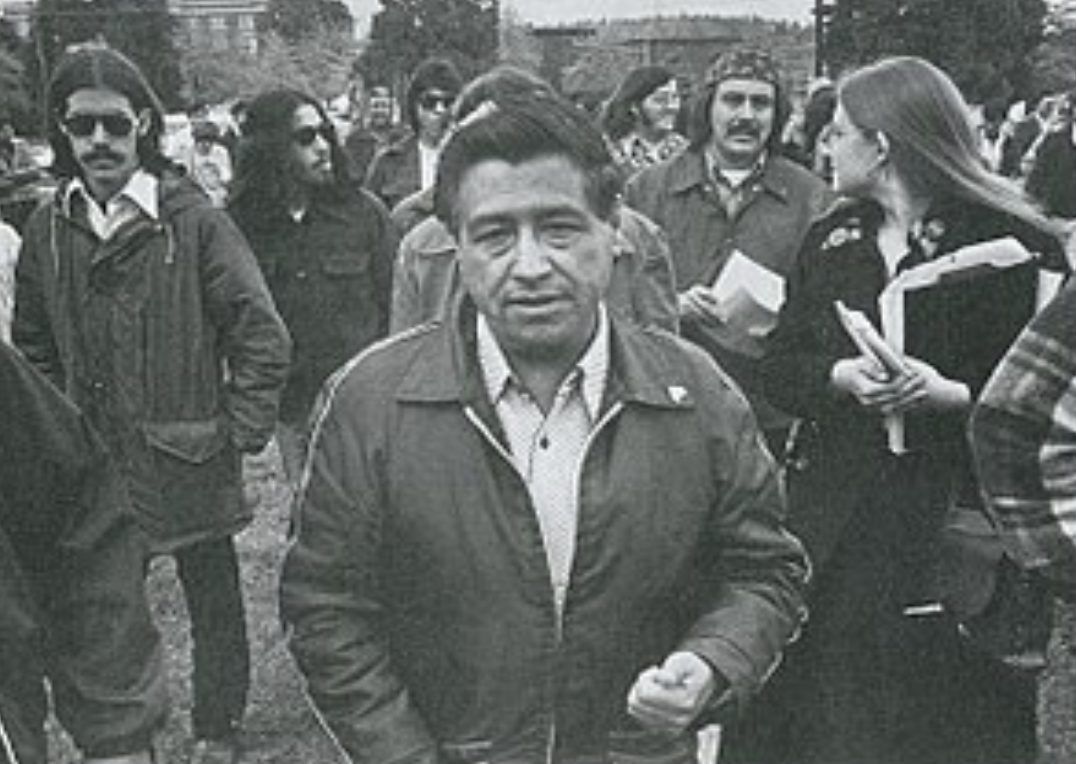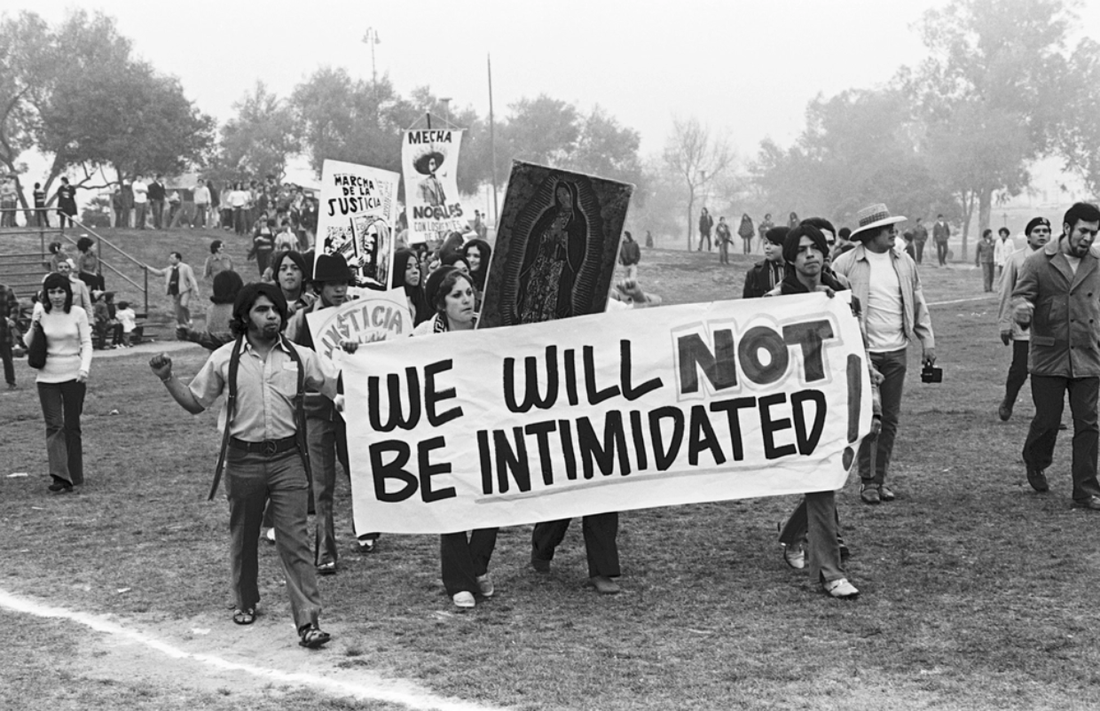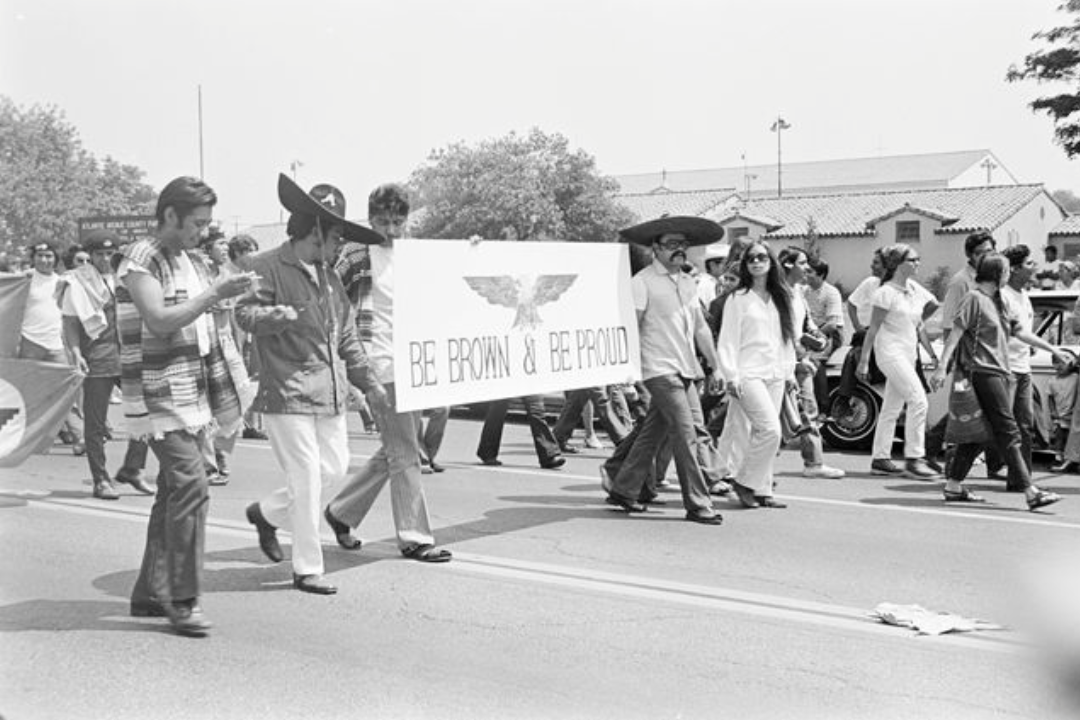 Many prominent figures fought in the Chicano Movement such as Cesar Chavez who fought for migrant workers. Other activists were Rodolfo “Corky” Gonzales, and Dolores Huerta.
Many prominent figures fought in the Chicano Movement such as Cesar Chavez who fought for migrant workers. Other activists were Rodolfo “Corky” Gonzales, and Dolores Huerta.
The Chicano Civil Rights movement was a political protest, being the largest and most widespread civil rights movement by people of Mexican descent in the U.S. fueled by a “supercharged environment that inspired many Hispanic Americans to become more politically active (The Zoot Suit Riots Kevin Hillstrom, pg. 111).” The movement aimed to end discrimination and derogatory stereotypes among Mexican Americans, and fought for equal working, voting, and educational rights for Mexicans. In the U.S, large numbers of Mexican Americans worked as migrant farmers and were often treated poorly by their employers. The Chicano Movement strived to enhance protections for migrant families, with assistance from The National Farm Workers Association. The movement improved educational opportunities for black and Hispanic children and teens, ended negative profiling of Hispanics, secured higher wages, and improved barrio living conditions. The movement was a success in raising awareness for Hispanics, allowing for new laws that supported their community.
Through all the struggles and challenges - such as discrimination and unlawful beatings - Mexican-Americans never gave up. In the end, they succeeded getting their rights. |
“Be Brown and Be Proud!” was the term that made Chicanos feel wanted and proud. National Chicano Moratorium, East L.A., Aug. 29, 1970.
|



